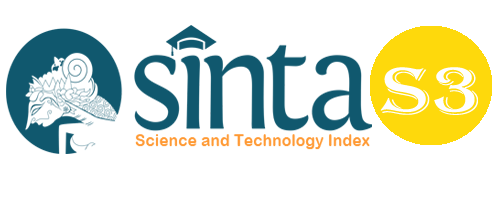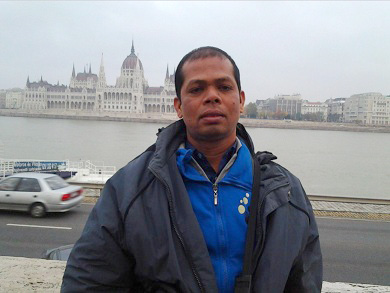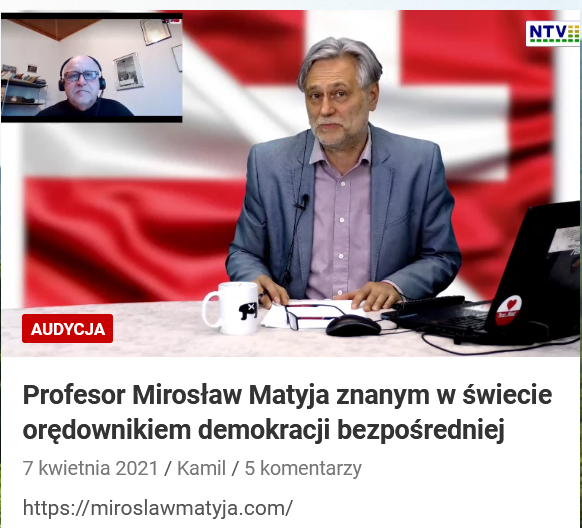Cluster Program to Reduce Children's Social Resistance
Abstract
This study discusses to discuss the social that occurs in society. The gap that occurs is marked by the separation of a group of young people who are displayed like rock n roll taken while holding hands in the window of a car, like beggars but they are still young, like buskers but all eccentric. This phenomenon is seen at red lights, crossroads, highway bridges, terminals and others. This study uses qualitative research by studying phenomenology in the city of Bengkulu. Data collection techniques used in this study were observation, interviews, and documentation, using descriptive analysis with interactive analysis models. The results obtained are the Bengkulu city government through the Social Service which implements a social problems program (PMKS), the program includes: community-based social education, by providing opportunities for punk school children with a program package, providing entrepreneurial safety training and conducting ongoing supervision. This program succeeded in changing the city of Bengkulu which is free of punk children and returning punk children can be anticipated with an ongoing program.
Keywords
Full Text:
PDFReferences
A. and Akrim. (2013). “Pembentukan Sarjana Berkualitas Melalui Soft Skills Pada Kegiatan Ekstrakuikuler Mahasiswa Umsu,” J. Intiqad, vol. Vol. 5, no. 01, pp. 1–12.
B. R. and B. SK. (1992). Penelitian Kualitatif untuk Pendidikan: Pengantar Teori dan Metode. Boston: Bacon INc.Helmy. M. (2012). “Jurnal Sosialitas Vol. 2 No. 1 Tahun 2012,” J. Sos., vol. 2, no. 1.
Bengkulu. P. K. (2016). “Peraturan Walikota Bengkulu Nomor 43 Tahun 2016 Tentang Kedudukan, Susunan Organisasi, Tugas, Fungsi dan Tata Kerja Dinas Daerah Kota Bengkulu.” JDIH Kota Bengkulu.Sulasmi. E. (2020). “Evaluation of Coaching Students Based on Dormitory Curriculum in Madrasah Aliyah Negeri Insan Cendikia Bengkulu Tengah,” pp. 640–646.
Fadrusiana, E.G., et al. (2019). Strengthening Tolerance Attitude through Jaga Sesama Community. Budapest International Research and Critics Institute-Journal (BIRCI-Journal). P. 143-149.
Ginting. E. A. B. (2014). “Eksistensi Dinas Sosial Dan Tenaga Kerja Kota Binjai Dalam Penanggulangan Penyandang,” J. Perspekt., vol. 7, no. April, pp. 235–253.
Idrus. M. (2009). Metode Penelitian Ilmu Sosial. Jakarta: Erlangga.
Indonesian Ministry of Social. (2012). “Pedoman Pendataan dan Pengelolaan Data Penyandang Masalah Kesejahteraan Sosial dan Potensi dan Sumber Kesejahteraan Sosial,” pp. 1–7.
Ismail, et al. (2019). Social Changes in the Post-Tsunami Banda Aceh City. Budapest International Research and Critics Institute-Journal (BIRCI-Journal). P. 45-50.
Mulyono. (2015). “Model Pemberdayaan Masyarakat Untuk Peningkatan Literasi Berbasis Kewirausahaan Usaha Mandiri Melalui Pkbm Di Kota Semarang,” J. Nonform. Educ., vol. 1, no. 1.Mustaring. I. S. Harsinar, (2013). “Pelaksanaan Fungsi Dinas Sosial Dalam Perlindungan Anak Jalanan Di Kota Makassar,” J. Chem. Inf. Model., vol. 53, no. 9, pp. 1689–1699.Sulasmi. E. (2020). “The Development Strategy of Human Resources Management In Children’s Social Welfare Institution (LKSA) (Case Study in LKSA AL-Mubaraak Orphanage Bengkulu),” pp. 562–569.
N. 11 T. (2009). T. K. Sosial, “Undang-Undang Republik Indonesia.
Novembri. R. (2017). “Upaya Dinas Sosial Dalam Melakukan Pembinaan Pada Anak Penyandang Masalah Kesejahteraan Sosial Di Surabaya,” J. Kaji. Moral dan Kewarganegaraan, vol. 5, no. 01, pp. 492–506.
Riyanda. R. (2017). “Kebijakan Program Pembinaan Penyandang Masalah Kesejahteraan Sosial (Pmks) Anak Jalanan (Kajian Kasus Di Beberapa Daerah),” J. Dilektika Publiklektika Publik, vol. 02, no. 1, pp. 16–29.
DOI: https://doi.org/10.33258/birci.v3i4.1425
Article Metrics
Abstract view : 56 timesPDF - 54 times
Refbacks
- There are currently no refbacks.

This work is licensed under a Creative Commons Attribution-ShareAlike 4.0 International License.

This work is licensed under a Creative Commons Attribution-ShareAlike 4.0 International License.

_.gif)

















_.gif)



